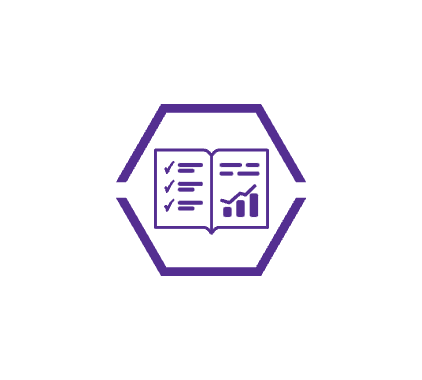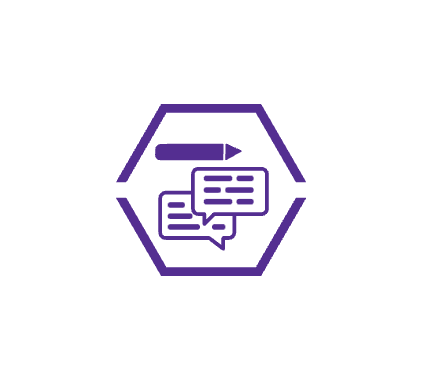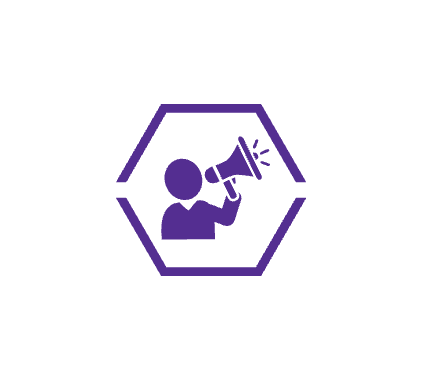Navigating Privacy Regulations Through Content: A Guide for Marketers

Marketers striving to use data to deliver personalized, relevant customer experiences face an increasingly complex privacy landscape. Regulations like the EU’s GDPR and California’s CCPA impose strict limits on consumer data collection and use.
Rather than seeing compliance as a burden, however, smart marketers view privacy as an opportunity to build customer trust by creating content demonstrating your understanding of privacy regulations and their commitment to ethical data practices.
In this post, we’ll explore how producing educational content about privacy can benefit your brand’s reputation, reach key audiences, and support sales and partnership goals. While regulations vary globally, the principles below provide a strong foundation.
Establish Your Privacy Credentials
Content that breaks down complicated privacy laws in clear, simple language can serve as proof that you “get it” when it comes to data ethics. Avoid framing regulations as restrictive or burdensome. Instead, emphasize how they empower consumers and guide companies in honoring privacy.
For example, a blog post could highlight five key rights the GDPR provides customers, like access to their data and erasure rights. An animated video could walk through what the CCPA means for a typical California resident. Takeaways briefs and webinars can explain emerging regulations in regions your company serves.
This establishes you as a trusted source – someone who keeps up with laws rather than finding loopholes. Demonstrating respect for both the letter and spirit of regulations builds goodwill among regulators, partners, prospects, and the public.
Engage Key Audiences
Content that translates how privacy laws affect specific roles or disciplines provides valuable guidance your audience will appreciate. Consider creating:
- Compliance guides reviewing obligations, deadlines, and penalties from your audience’s perspective. e.g., “The CCPA for Marketing Teams.”
- Product documents showing how features map to privacy principles and regulation requirements.
- Implementation playbooks with step-by-step workflows for compliance. e.g., “Preparing for a Data Subject Access Request.”
- Executive overviews summarizing regulations, risks, and opportunities in business terms.
This pragmatic approach positions your company as a partner rather than just a vendor. You understand audiences’ real-world needs and challenges around privacy.
Attract Partners & Build Relationships
Educational privacy content can serve as lead generation and help secure strategic partnerships. For example:
- An implementation guide could be gated with a form to request a custom audit.
- A regulation summary could be emailed to prospects with an offer to consult further.
- Co-branded assets like videos and whitepapers developed with partners expand reach.
- Guest posts on partners’ blogs showcase alignment on privacy best practices.
The goal is to provide value – not a hard product pitch. By demonstrating privacy intelligence, you make partners more comfortable referring leads or exploring integration and channel opportunities.
Promote Product Capabilities
While educational content should avoid overt product pitches, you can highlight how your solution helps customers follow privacy rules. For example, a post called “Build GDPR Consent Banners with Ease” could demo relevant product features, while a compliance checklist could note where your offering provides needed capabilities like data discovery, managing subject requests, or breach notification.
This content shows you “walk the walk” when it comes to privacy. Just take care that product mentions feel like natural parts of the content rather than a tacked-on sales pitch.
Address Customer Concerns
Customers and prospects often have questions about how regulations apply to their unique situations. Content tailored to common concerns provides real value, such as guides to how various regulations impact different regions – a Canadian company, for example, will have different obligations than a German business.
You can also highlight specific use cases, such as exploring how personalization operates under CCPA. At the opposite end of the spectrum, you can help customers avoid issues and penalties.
Think through the privacy gray areas your customers face. Offer help untangling complex requirements and provide recommendations rooted in actual regulatory knowledge.
Chart the Future
While current regulations may seem complex, the privacy landscape will inevitably continue advancing. Content that analyzes where laws and consumer expectations are heading can establish your foresight. Relevant topics could include:
- Calls for federal US privacy legislation and potential impacts
- Global trends that may shape policies worldwide
- Emerging technologies’ intersections with privacy
- Changing consumer attitudes and activism around data rights
This content reinforces your role as a trusted navigator. You help audiences prepare for what’s ahead rather than reacting as laws are passed.
Creating privacy regulation content isn’t simple. However, a creative, customer-focused approach can pay dividends in credibility, reach, and relationships. Most importantly, it shows your commitment to the principles behind these laws – building trust by putting people in control of their personal data. That’s the true opportunity regulations provide.

 Content Marketing
Content Marketing Messaging and Positioning Accelerator
Messaging and Positioning Accelerator Guest Expert Speaker
Guest Expert Speaker Reviews and Testimonials
Reviews and Testimonials Success Stories
Success Stories News, Awards & Recognition
News, Awards & Recognition Blog
Blog Podcast
Podcast